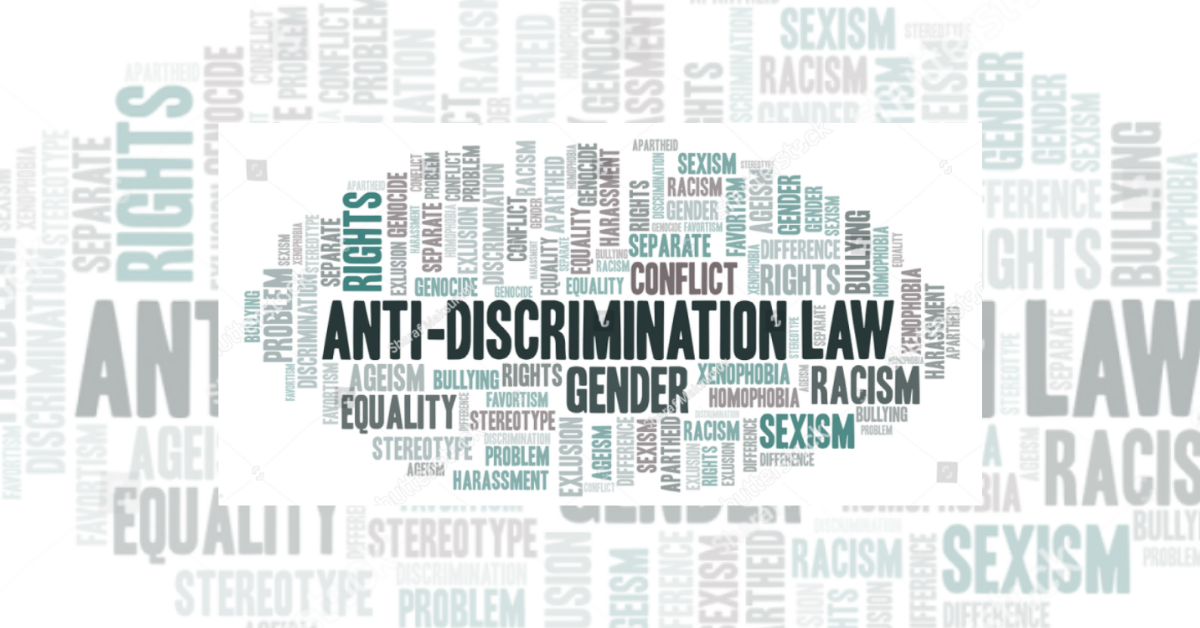Introduction
The significance of the testimony of a co-accused has been codified in India in Section 30 of the Indian Evidence Act, 1872 (‘IEA’) and Section 24 of the Bharatiya Sakshya Adhiniyam, 2023 (‘BSA’). Both the provisions allow courts to “take into consideration” the testimony of a co-accused. The exact meaning of “may take into consideration” has been the subject of debate for many years. The general position under Section 30 is that the testimony of a co-accused is evidence, but not substantive evidence under Section 3 of the IEA. It is in the nature of corroborative evidence.
Section 30 is a departure from traditional rules of evidence as per which, a co-accused’s confession inculpating the accused is inadmissible against the accused as hearsay. This provision is an exception to the rule of English law that a confession by an accused is evidence only against the maker and not against others who may be tried along with him. In fact, it had been remarked by Glover J in R v. Jaffer Ali that this section introduced a “rather dangerous element”. The section is based on the notion that when a person admits his guilt and exposes himself to the pains and penalties provided for it, there is a guarantee for his truth. However, the dangers posed by an overbroad reading of the provision are manifold and have been flagged by the Law Commission of India. The Commission had recommended a repeal of this provision as it impaired the non-confessing accused’s rights in a significant manner.
The focus of the existing literature has been to analyse Section 30 from a purely legal perspective. However, this paper combines this with an economic approach, and in doing so, endorses the approach taken by Kashmira Singh v. State of M.P. (“Kashmira Singh”) in interpreting this provision. Part I highlights the problems posed by the literal reading of Section 30: economic inefficiency and confirmation bias. Using the Bayesian framework of law and economics, in Part II, it establishes how the courts’ interpretations in Kashmira Singh have mitigated both of these problems. Lastly, Part III focuses on Section 24 of the BSA to show how a crucial safeguard that had been embedded in Section 30 has been done away with and the implications of the same.
1. Section 30 and the problems with its interpretation
There are two problems associated with the vague phrasing of Section 30. First, the error costs associated with taking the confession of a co-accused into account are high, and second, allowing judges to use this confession to strengthen inherently weak evidence results in the problem of confirmation bias. In the following sub-sections, I situate these issues in the law and economics framework to problematise the impact of section 30.
2. System inefficiency
As per Posner, the purpose of legal procedure is the minimisation of the sum of two types of costs—“error costs” and the costs of avoiding this “error”. Error costs are social costs generated when a judicial system fails to carry out the allocative or other social functions assigned to it while costs of avoiding the error are the costs of operating the legal dispute-resolution machinery. Judicial error is therefore a source of social costs and the reduction of error is a goal of the procedural system. This paper considers the “error” to be the wrongful confession of a co-accused. The costs of such error would be the implication and subsequent conviction of an innocent person while the costs of avoiding this error would be the costs borne by the judicial machinery in ensuring adequate safeguards for both the accused persons when conducting a joint trial for the same offence. As per Section 30, a court has the discretion to take into account the confession.
Suppose the scenario where the court substantially relies on this confession. In such a case, the error costs resulting from relying on the confession would be high as it would lead to the indirect cost of causing prejudice to the accused. The accused can hardly rebut the incrimination against him effectively as, if he decides to enter the witness box, he does so at the risk of losing his privilege against self-incrimination by being exposed to cross-examination without restrictions. This is because the accused may be unable to rebut the allegations made by the confessing co-accused without stepping into the witness-box himself, since the latter (unless he enters the witness-box) would not be available for cross-examination. Further, if he does not enter the witness-box to rebut the confession, then also he is prejudiced by the wrongful confession.
A part of this cost minimisation theory is the concept of weighted costs. This refers to the attachment of differential weights to the costs, to represent the inequality between them. Therefore, in our present scenario, the costs associated with the error (i.e., the cost of prejudice) and the costs of avoiding the error are unequal, with the former having a greater consideration at cost. Thus, interpreting the vague language of Section 30 to mean a substantial reliance on a confession results in heavy costs. To mitigate such effects, courts have considered Section 30 to only enable a confession to be corroborative evidence. However, that came with its own set of problems as the next section elucidates.
3. Confirmation Bias
Consider the fact situation of Gobarya v. R. Suppose five persons have been accused of murder. One of them has confessed to the crime and has described how he and others came to strangle the deceased and throw his body into the well. Apart from this confession, the other evidence available is that of general enmity between the deceased and the accused(s) and the witness statement stating that he had met the first four accused, a mile from the crime scene at night. This statement clashes with the confession that all the accused had gone together, and the time when they left the crime scene. The question before the court is whether all the accused can be convicted, considering the confession and other evidence. Section 30 is silent on the extent of consideration of this confession. So, a judge can completely rely on it.
In doing so, the result can be a confirmation bias on the part of the judge. This is because she is using the confession (weak evidence) to lend credibility to the new evidence i.e., circumstantial evidence (another weak evidence) and the fact-in-issue (the commission of murder by the accused). The evidence of the witness and the motive are not conclusive of guilt on the part of the accused. For one, the witness statement is vague and conflicting and two, general enmity and motive are only circumstantial evidence. As per the Bayesian framework, this is not an approach that a rational fact-finder should follow as it allows the posterior belief of guilt of the accused, strengthened by the prior evidence of confession of the co-accused, to further be strengthened based on the selective exposure to the circumstantial evidence. In other words, the conviction of the accused is based purely on a string of inherently weak pieces of evidence. This pattern of reasoning completely ignores the other implication of the circumstantial evidence as per which the accused is not guilty. It chooses to focus on the guilty side of it, as it confirms the prior belief that has been strengthened by the confession. Thus, it is analogous to confirmation bias, whereby persons seek out and assign more weight to evidence that confirms a prior belief or hypothesis than to evidence disconfirming it.
Thus, the vagueness of the provision on when this confession should be considered and to what extent, is problematic as it has the tendency of increasing the error costs and also, provides considerable scope for confirmation bias. The next section shows how courts have mitigated these problems by adhering to the Bayesian framework of reasoning.
Aakriti Rikhi is a law student at National Law School of India University, Bangalore.
[ EdNote: The article has been edited by Saranya Ravindran and published by Baibhav Mishra from our Student Editorial Team. ]







which case is Gobarya v R?